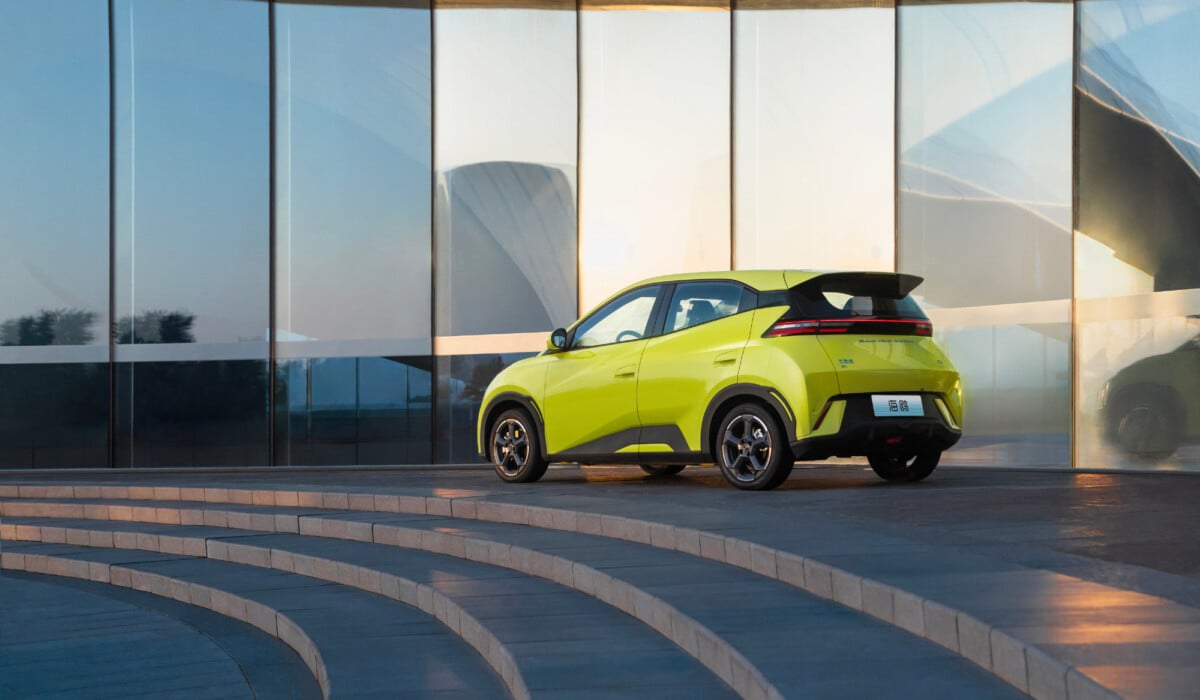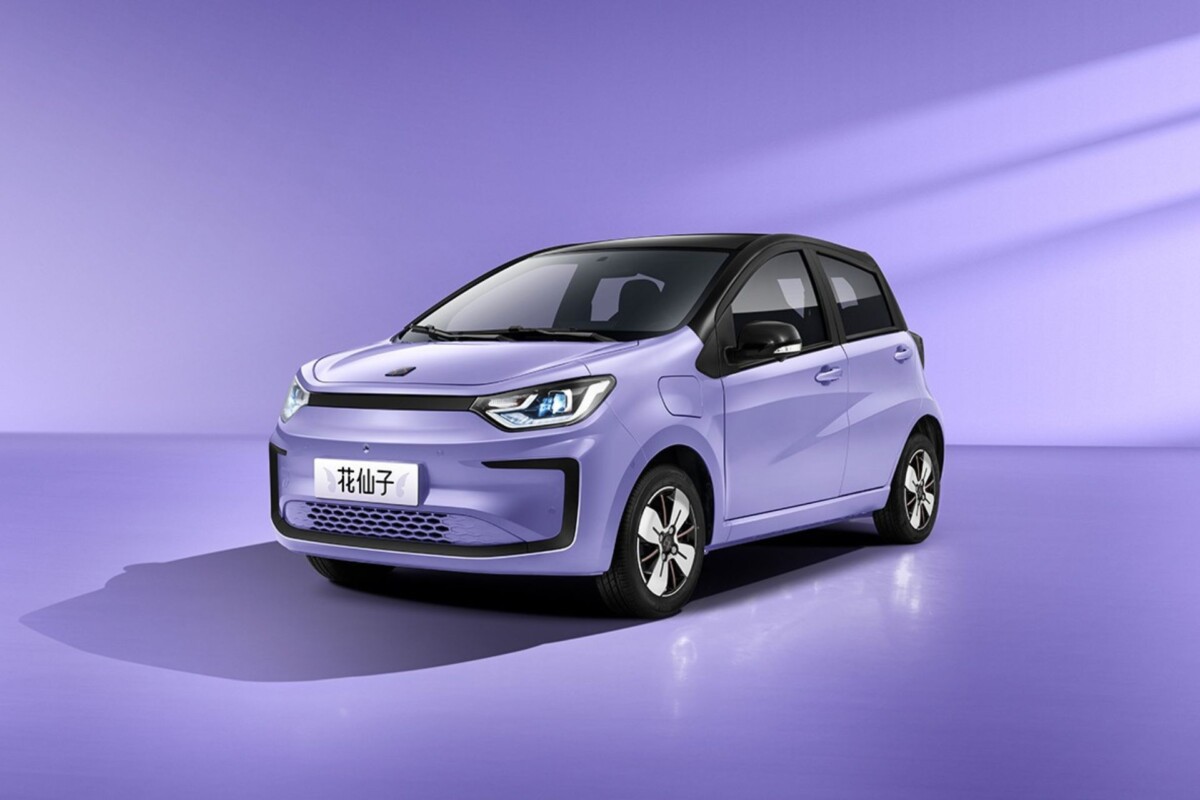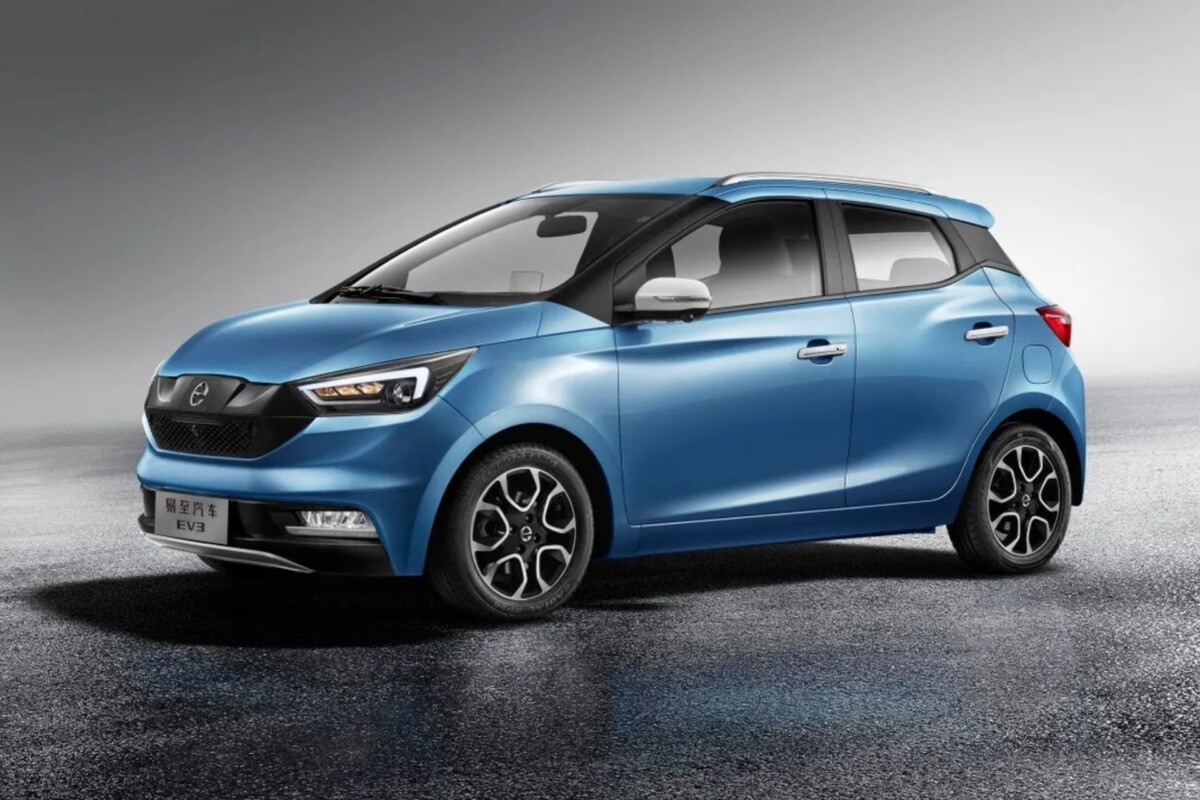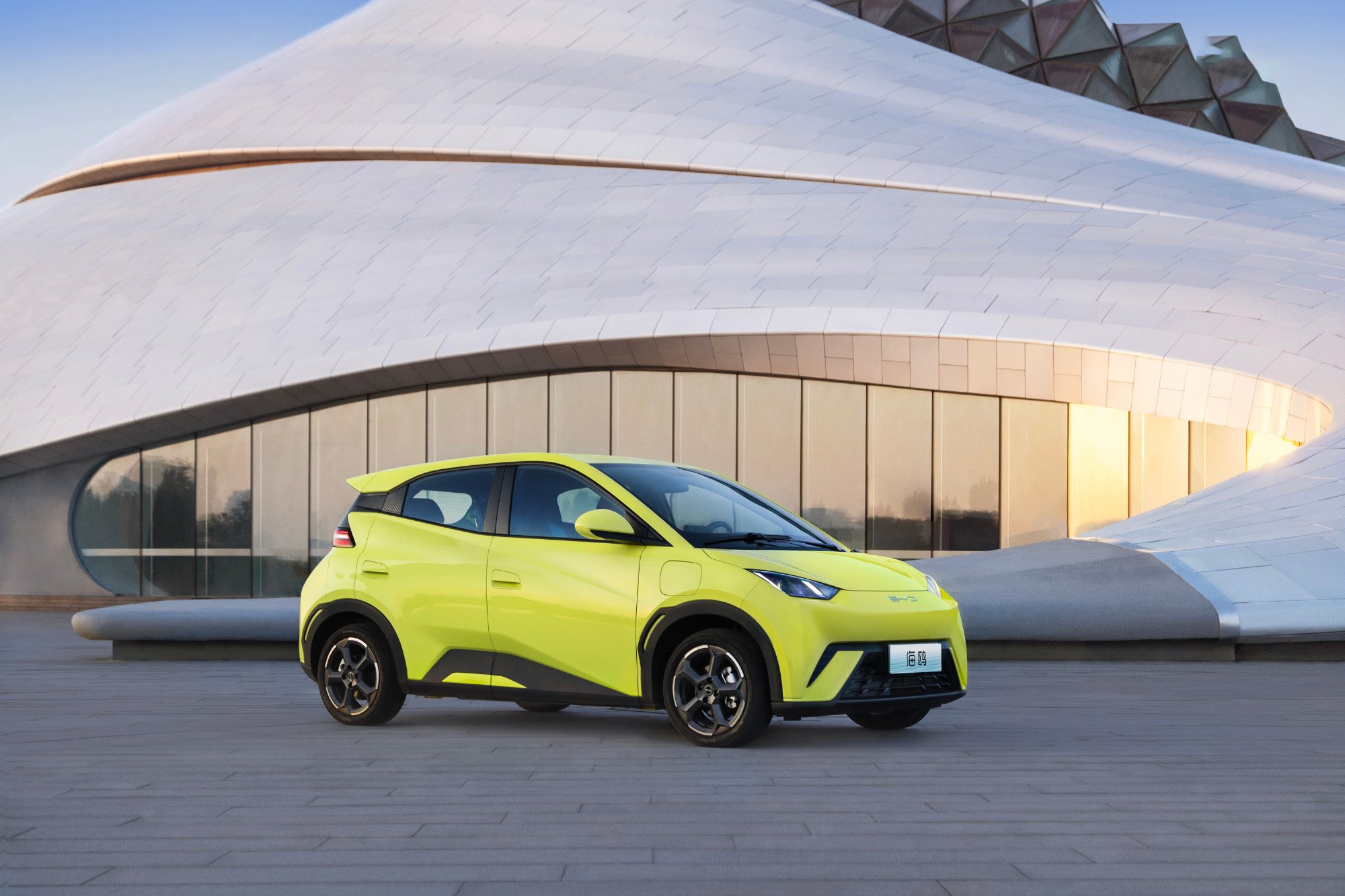Sodium batteries (without lithium) for electric cars are reaching a new milestone. The Chinese giant BYD (world number 2 behind Tesla) has just signed an agreement for the construction of a factory to manufacture these new types of batteries.
This is a subject that we have been following for more than a year: several Chinese electric car players are interested in a new type of battery, abandoning lithium for sodium. Latest episode to date: BYD, probably in its desire to wage “a merciless price war”, has just announced a huge partnership with a local tricycle manufacturer. To the tune of 10 billion yuan (around 1.3 billion euros), this aims to build a factory to manufacture these promising batteries.
30 GWh of annual capacity
A major announcement, for a major factory: with an annual capacity of 30 GWh, this gigafactory will crush all other battery factories of this type. Enough to equip 600,000 cars with a battery with a capacity of 50 kWh. Carnewschina we learn: BYD is therefore teaming up with Huaihai, a large manufacturer of tricycles, to build this enormous factory in order to supply their next entry-level models.

A second partnership between these two companies, since a first factory is already under construction (for an identical amount of 10 billion yuan) and should begin producing its first batteries in March 2024. These, on the other hand, will be of the type lithium-ion — different, therefore, from the sodium-ions that interest us today.
The latest local fashion
A closer look at the subject reveals that there has been a real frenzy surrounding sodium batteries in China recently. BYD, logically, is interested and should offer a version of its little Seagull equipped with this technology… but it is not alone.

CATL, the other Chinese battery giant, is also investing heavily, while a lesser-known manufacturer, Hina Battery, has also announced the first car to benefit from its sodium batteries. And it’s not over: let’s not forget the Farasis Energy EV3, a brand that belongs to…Renault!
Real advantages for small cars
But why are all these big players so interested in this new chemistry? Quite simply because sodium batteries have real qualities. The latter, as you imagine, are completely devoid of lithium, allowing the cost of the latter to be drastically reduced: there would be a 20% saving compared to the most economical lithium batteries, LFP (lithium-iron -phosphate).
And it doesn’t stop there, since sodium batteries are also safer than lithium batteries in the event of fire, they promise a much longer lifespan as well as better performance in low temperatures (the current Achilles tendon of electric cars).
Finally, let’s add the ecological aspect, important for an electric car: both lithium and cobalt are absent from these batteries. Materials are difficult and energy intensive to extract, while the human cost is often problematic.

The fact remains that these batteries are not perfect either: the energy density is lower than Li-ion batteries (count 120 Wh/kg for a sodium battery, compared to at least 160 Wh/kg for a lithium battery). Fast charging is also penalized, due to a lower voltage: we will therefore be far from the 18 minutes to recharge the battery of a Hyundai or a Kia equipped with an 800 volt architecture.
But these drawbacks should not pose a problem for the market targeted by this sodium battery: that of very small cars. If an arrival in Europe has not yet been communicated, it could do good for the price of the Citroën Ami/Fiat Topolino duo, the Dacia Spring or even, why not, the next Renault Twingo!
